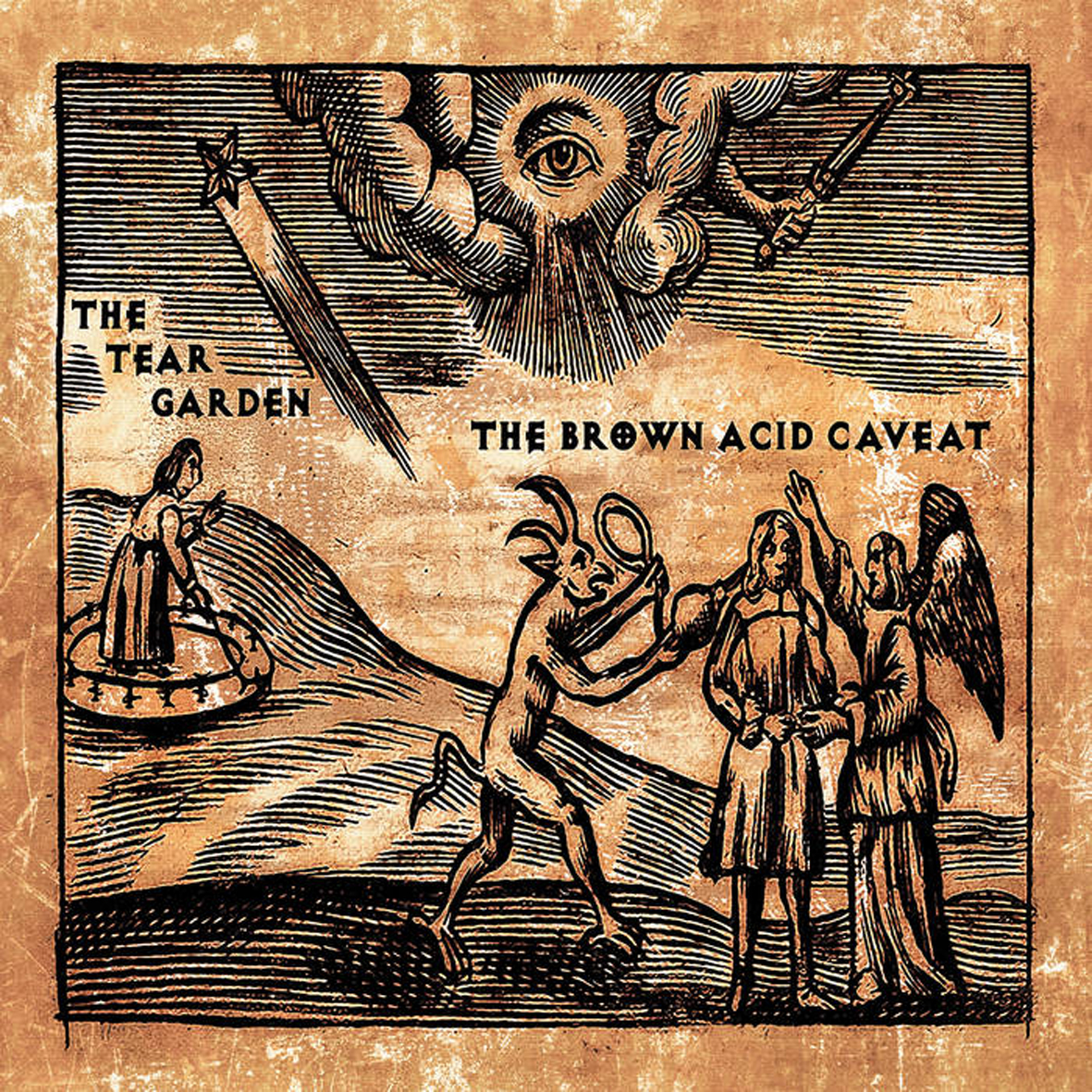 I had absolutely no idea what to expect from a new Tear Garden album, as it has been nearly a decade since the last one and The Brown Acid Caveat slowly came together while cEvin Key was dealing with cancer and Edward Ka-Spel was deeply immersed in I Can Spin A Rainbow.  Despite that, the impending release bizarrely took on a near-mythic significance for me, as this project has inspired several of Ka-Spel most enduring moments of genius ("Romulus and Venus," "Hyperform," etc.) and he has been riding quite a (fitful) hot streak over the last few years.  Also, the time simply felt right for The Tear Garden to return.  Happily, Caveat largely lives up to my unreasonably high expectations even while it subverts them, as the duo largely eschew deep psychedelia in favor of propulsive, tightly structured electronic pop (albeit with some inspired detours along the way).  Naturally, the album’s hookiness is mingled with Ka-Spel and Key's deeply skewed and oft-hallucinatory aesthetic, but I was still completely unprepared for the throbbing disco groove of the opening "Strange Land."
I had absolutely no idea what to expect from a new Tear Garden album, as it has been nearly a decade since the last one and The Brown Acid Caveat slowly came together while cEvin Key was dealing with cancer and Edward Ka-Spel was deeply immersed in I Can Spin A Rainbow.  Despite that, the impending release bizarrely took on a near-mythic significance for me, as this project has inspired several of Ka-Spel most enduring moments of genius ("Romulus and Venus," "Hyperform," etc.) and he has been riding quite a (fitful) hot streak over the last few years.  Also, the time simply felt right for The Tear Garden to return.  Happily, Caveat largely lives up to my unreasonably high expectations even while it subverts them, as the duo largely eschew deep psychedelia in favor of propulsive, tightly structured electronic pop (albeit with some inspired detours along the way).  Naturally, the album’s hookiness is mingled with Ka-Spel and Key's deeply skewed and oft-hallucinatory aesthetic, but I was still completely unprepared for the throbbing disco groove of the opening "Strange Land."
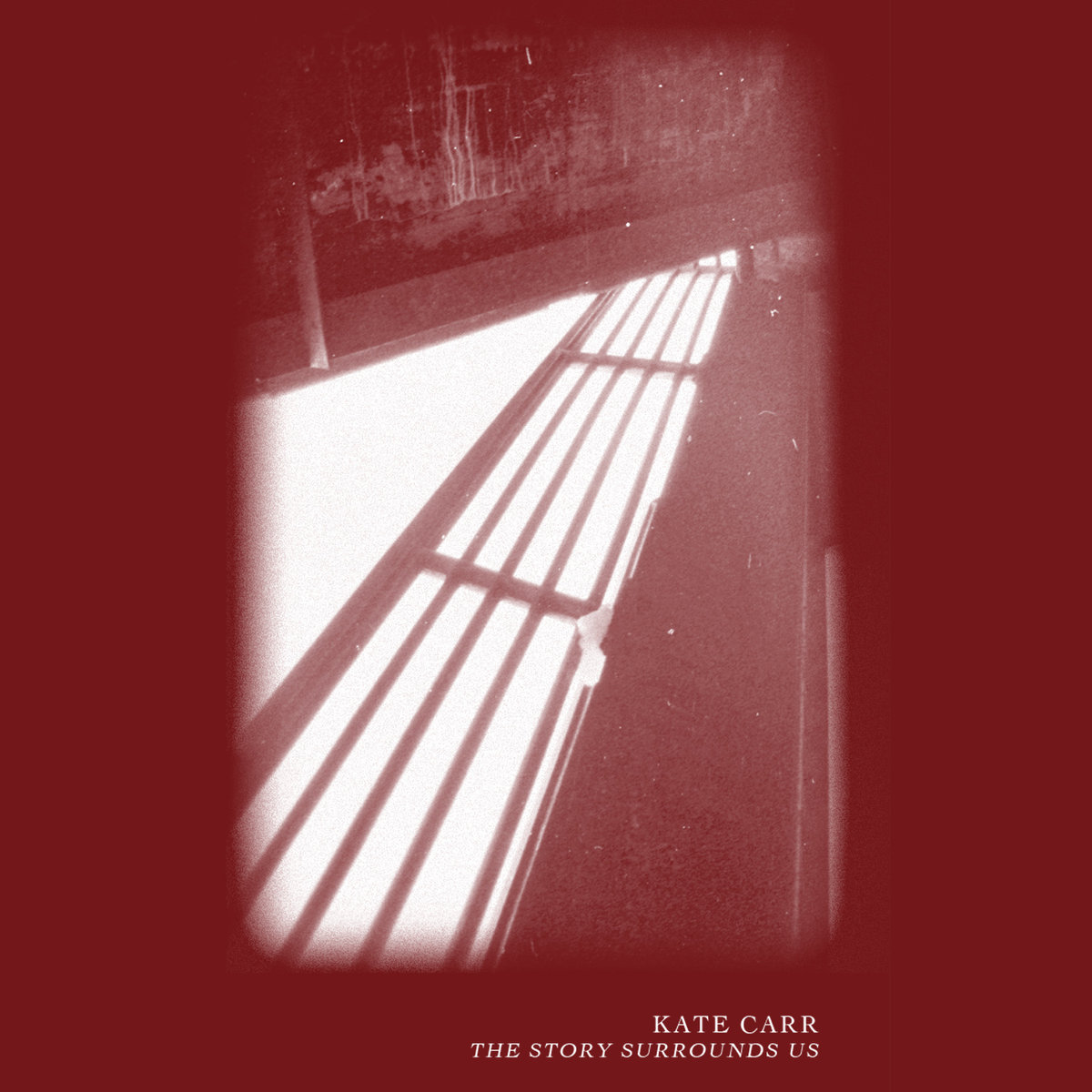 A rather fast follow-up to her last tape (It Was a Time of Laboured Metaphors, also on Helen Scarsdale), Australian sound artist Kate Carr's latest work is another entry in a rapidly growing discography that blends elements of both traditional composition and the unpredictable nature of field recordings. She does this and merges them together seamlessly, coming together as a beautiful set of sounds and moods from across the globe, yet still unified as a part of the human experience.
A rather fast follow-up to her last tape (It Was a Time of Laboured Metaphors, also on Helen Scarsdale), Australian sound artist Kate Carr's latest work is another entry in a rapidly growing discography that blends elements of both traditional composition and the unpredictable nature of field recordings. She does this and merges them together seamlessly, coming together as a beautiful set of sounds and moods from across the globe, yet still unified as a part of the human experience.
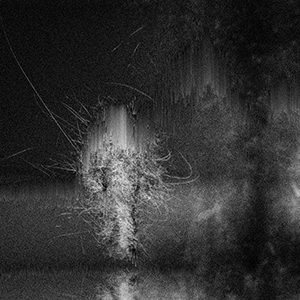 As a follow-up to 2015's debut EP, the duo of multimedia artists Nicol Eltzroth Rosendorf and Jonathan Lukens expand on the ambiguity and sparseness on Two, while still showing marked development and innovation in their work. With their sonic palates expanded and a determined focus, the final product is an album that conveys a significant amount within its somewhat minimalistic framework.
As a follow-up to 2015's debut EP, the duo of multimedia artists Nicol Eltzroth Rosendorf and Jonathan Lukens expand on the ambiguity and sparseness on Two, while still showing marked development and innovation in their work. With their sonic palates expanded and a determined focus, the final product is an album that conveys a significant amount within its somewhat minimalistic framework.
 This is kind of a companion piece to 2015's absolutely sublime A Light At The Edge of The World, embracing a similarly fragile and dreamy mood, but taking a very different structural approach:  while its processor took the shape of an extended and gorgeously floating stasis, Everyone Goes Home When The Sun Sets consists of nearly twenty discrete and ephemeral miniatures.  That is not entirely new territory for Chalk, as that approach previously reached its apotheosis with 2012’s fine Forty-Nine Views In Rhapsodies' Wave Serene, but it is still a curious step away from his strengths and his longform comfort zone.  As such, Everyone Goes Home is not quite as immersive and hypnotic as Edge Of The World, but it is still a fairly unique release within Chalk's canon, as its gently hallucinatory drift of glimmering vignettes offers its share of nuanced and distinctively Chalk-ian pleasures.
This is kind of a companion piece to 2015's absolutely sublime A Light At The Edge of The World, embracing a similarly fragile and dreamy mood, but taking a very different structural approach:  while its processor took the shape of an extended and gorgeously floating stasis, Everyone Goes Home When The Sun Sets consists of nearly twenty discrete and ephemeral miniatures.  That is not entirely new territory for Chalk, as that approach previously reached its apotheosis with 2012’s fine Forty-Nine Views In Rhapsodies' Wave Serene, but it is still a curious step away from his strengths and his longform comfort zone.  As such, Everyone Goes Home is not quite as immersive and hypnotic as Edge Of The World, but it is still a fairly unique release within Chalk's canon, as its gently hallucinatory drift of glimmering vignettes offers its share of nuanced and distinctively Chalk-ian pleasures.
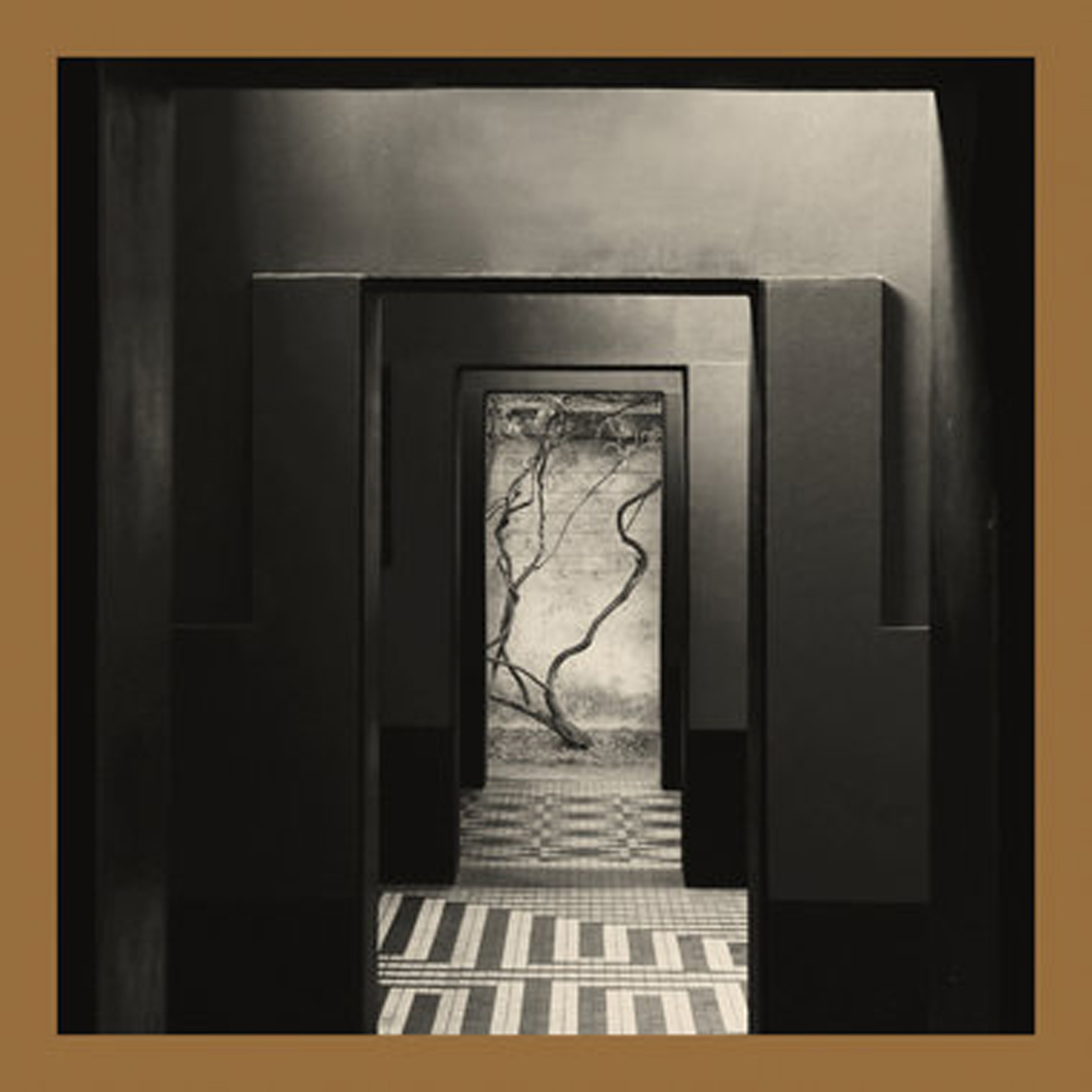 Yair Elazar Glotman's monster Études album lamentably slipped by me when it surfaced in 2015, but I immediately became quite a fan once I finally heard it.  As a result, I was thrilled to discover that he was returning once more to wood and strings after last year's Blessed Initiative album.  His collaborator, Mats Erlandsson, is a part of the primarily noise-based Posh Isolation milieu, which makes this an intriguing pairing for the task at hand: creating "imaginary, dislocated 'folk' music for the current dark ages" (exactly the sort of endeavor that seems tailor-made for Miasmah).  Given that the two artists are primarily known for experimental/electronic fare, it is a bit eyebrow-raising to find them exclusively wielding an eclectic array of zithers, singing bowls, Moroccan lutes, and other traditional instruments here, but their production talents prove to be quite useful for shaping their acoustic ethno-appropriations into a shadowy suite of appealingly seething and grinding neo-classical brooding.
Yair Elazar Glotman's monster Études album lamentably slipped by me when it surfaced in 2015, but I immediately became quite a fan once I finally heard it.  As a result, I was thrilled to discover that he was returning once more to wood and strings after last year's Blessed Initiative album.  His collaborator, Mats Erlandsson, is a part of the primarily noise-based Posh Isolation milieu, which makes this an intriguing pairing for the task at hand: creating "imaginary, dislocated 'folk' music for the current dark ages" (exactly the sort of endeavor that seems tailor-made for Miasmah).  Given that the two artists are primarily known for experimental/electronic fare, it is a bit eyebrow-raising to find them exclusively wielding an eclectic array of zithers, singing bowls, Moroccan lutes, and other traditional instruments here, but their production talents prove to be quite useful for shaping their acoustic ethno-appropriations into a shadowy suite of appealingly seething and grinding neo-classical brooding.
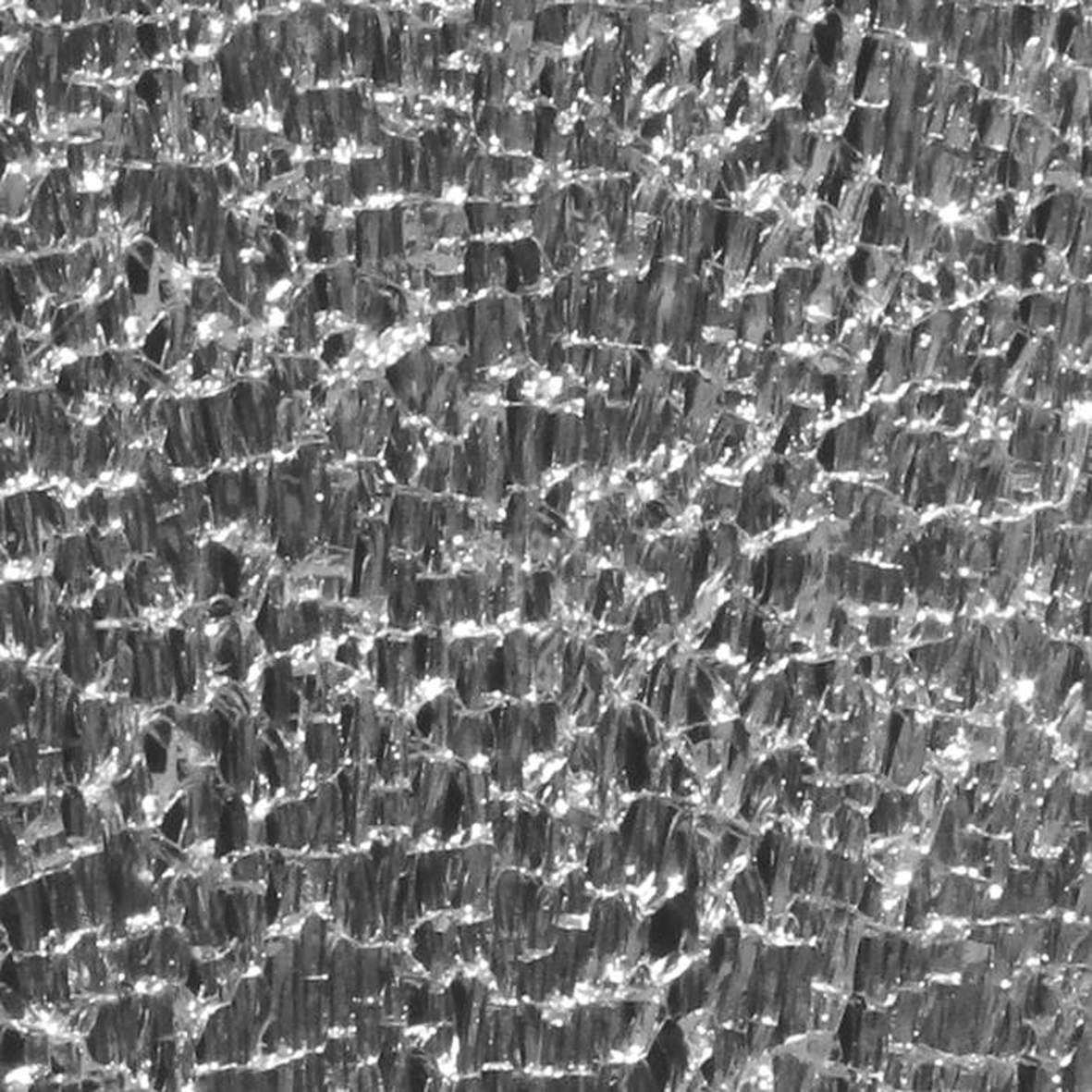
This is apparently Janek Schaefer's 30th album in 20 years, a milestone which surprised me a bit, as there is a considerable portion of his oeuvre that I have not heard.  That said, the handful of albums that I have heard have been kind of hit or miss, as Schaefer often errs a bit too much on the side of high-concept, cerebral sound art for my liking.  Glitter In My Tears, however, is right up my alley: a sustained and hallucinatory fever dream of brief and frequently beautiful vignettes (or "microcosms of haunted memory," as Schaefer himself describes them).  The inevitable downside to such an ambitious endeavor, of course, is that Glitter is exasperatingly populated with wonderfully promising themes that appear and vanish again in a minute or less.  In most hands, that would be quite a big problem, but Glitter is so uniformly strong and flows along so fluidly that I am left with little time to lament the more substantial pieces that might have been.  This is a wonderfully shifting, evocative, and immersive album from start to finish.

Fifty years ago, one of the greatest (and most short-lived) psych-rock bands of all-time (Pärson Sound) was formed in Sweden, though it was not until 2001 that their amazing collected recordings were finally released.  Despite only recording one album, the core of Pärson Sound never actually went away and the band has evolved and taken on new guises over the ensuing decades (International Harvester and Träd, Gräs och Stenar), erratically surfacing every now and then and sometimes flirting with greatness anew.  This latest release is a somewhat bittersweet affair, as two founding members (the whole rhythm section, actually) passed away during the recordings, albeit not before leaving an intermittently stellar and incandescent swansong in their wake.  Tack För Kaffet / So Long is easily the best Träd, Gräs och Stenar album in ages.
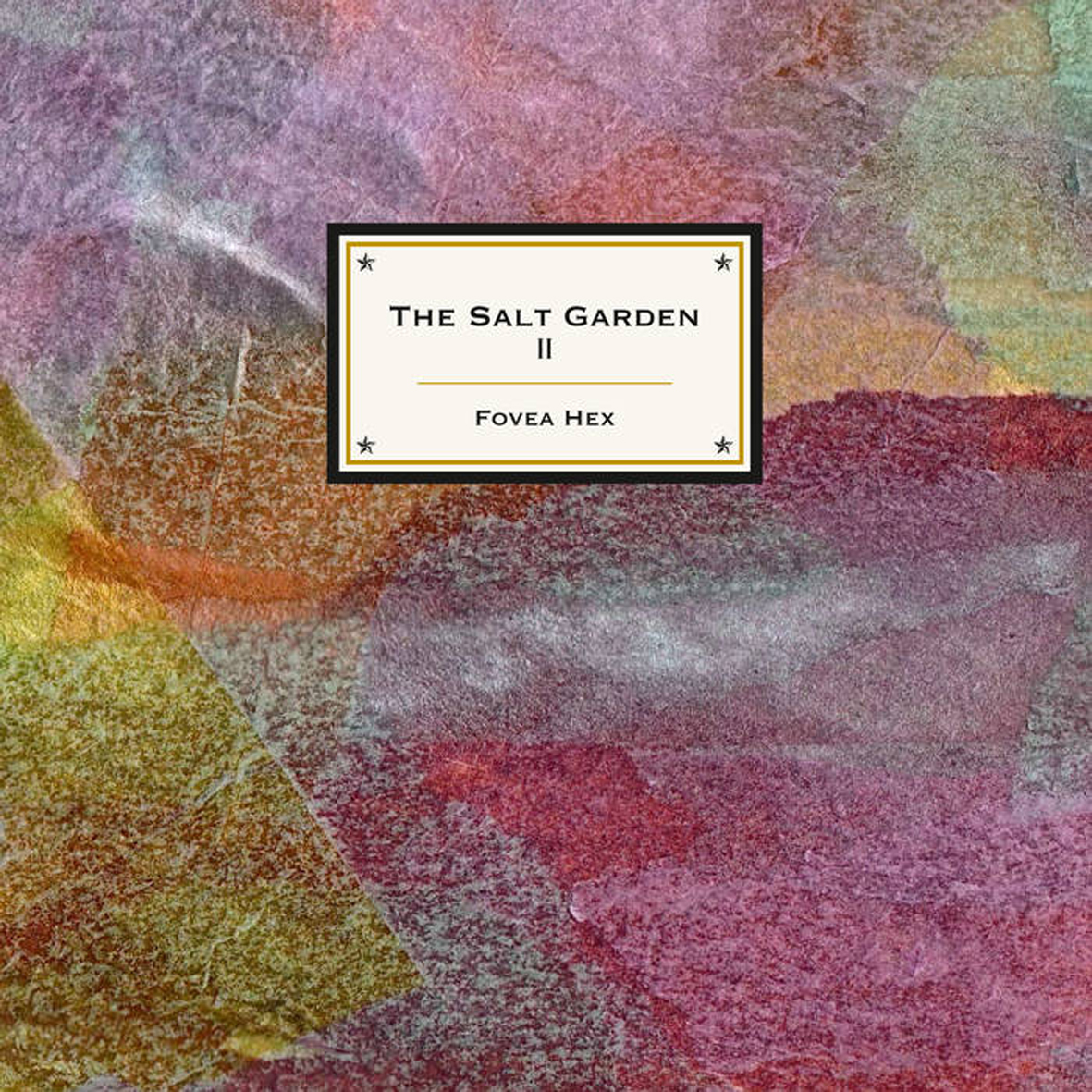 Clodagh Simonds and her impressive coterie of collaborators have returned for the much-anticipated second installment of the planned Salt Garden trilogy.  In a broad sense, this latest EP is a clear continuation of its predecessor, consisting of three timeless and drone-informed pieces of sublime and Siren-esque choral beauty and an instrumental coda.  However, this release also marks an intriguing evolution upon the aesthetic of the first Salt Garden, opting for a more understated and unadorned approach.  As such, there is not much here that offers quite the intensity and immediacy of "The Golden Sun" or "The Undone Mother," but the compensation is that Simonds has further distilled her vision into something more naked and pure, eschewing ornamentation and orchestration to shift more of the heavy lifting to her voice and her words.  They can certainly handle it.
Clodagh Simonds and her impressive coterie of collaborators have returned for the much-anticipated second installment of the planned Salt Garden trilogy.  In a broad sense, this latest EP is a clear continuation of its predecessor, consisting of three timeless and drone-informed pieces of sublime and Siren-esque choral beauty and an instrumental coda.  However, this release also marks an intriguing evolution upon the aesthetic of the first Salt Garden, opting for a more understated and unadorned approach.  As such, there is not much here that offers quite the intensity and immediacy of "The Golden Sun" or "The Undone Mother," but the compensation is that Simonds has further distilled her vision into something more naked and pure, eschewing ornamentation and orchestration to shift more of the heavy lifting to her voice and her words.  They can certainly handle it.
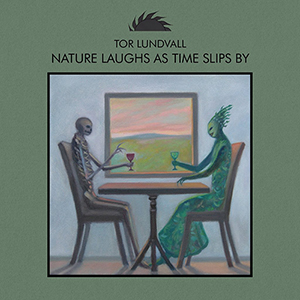 For his third boxed set on the label since 2011, prolific ambient artist Tor Lundvall collects another four previously released (but limited) albums and a rarities compilation into a diverse sounding, yet thematically unified collection. Essentially the soundtrack for virtual environments, such as rainy days or visiting a park, Nature Laughs as Time Slips By is another suite of beautiful, if often melancholy instrumental music that covers the vast spectrum of Lundvall’s beautiful work.
For his third boxed set on the label since 2011, prolific ambient artist Tor Lundvall collects another four previously released (but limited) albums and a rarities compilation into a diverse sounding, yet thematically unified collection. Essentially the soundtrack for virtual environments, such as rainy days or visiting a park, Nature Laughs as Time Slips By is another suite of beautiful, if often melancholy instrumental music that covers the vast spectrum of Lundvall’s beautiful work.
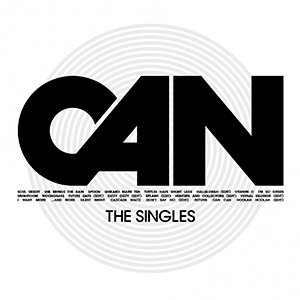 I must admit to still being a bit perplexed by this release. Can, for all their greatness, were never really a singles band. Most of those that were issued were edits of album material, so there is little exclusive material to be had here, barring said edits, which usually just remove material rather than presenting it in an appreciably different way, and a handful of non-album material. However, when viewed as a career overview or sampler (something essentially replacing those Cannibalism compilations), it is a different matter, and the set provides a good opportunity to revisit the latter, often maligned recordings.
I must admit to still being a bit perplexed by this release. Can, for all their greatness, were never really a singles band. Most of those that were issued were edits of album material, so there is little exclusive material to be had here, barring said edits, which usually just remove material rather than presenting it in an appreciably different way, and a handful of non-album material. However, when viewed as a career overview or sampler (something essentially replacing those Cannibalism compilations), it is a different matter, and the set provides a good opportunity to revisit the latter, often maligned recordings.
 The usually prolific Richard H. Kirk has been unsurprisingly quiet as of late. Playing shows as Cabaret Voltaire again (which I have conflicted feelings about) and a small reissue campaign via Mute and Die Stadt has been about the extent of his recent activity. Which, admittedly, is odd from a man who used to make up projects just to fill out his own solo compilation albums. So when first hearing about the new material that makes up Dasein being released, I was eager but unsure what to expect. Thankfully, the hiatus has done nothing to deter Kirk, who has put together yet another exceptional work of his own take on electronic music, and one that channels moments from his entire career.
The usually prolific Richard H. Kirk has been unsurprisingly quiet as of late. Playing shows as Cabaret Voltaire again (which I have conflicted feelings about) and a small reissue campaign via Mute and Die Stadt has been about the extent of his recent activity. Which, admittedly, is odd from a man who used to make up projects just to fill out his own solo compilation albums. So when first hearing about the new material that makes up Dasein being released, I was eager but unsure what to expect. Thankfully, the hiatus has done nothing to deter Kirk, who has put together yet another exceptional work of his own take on electronic music, and one that channels moments from his entire career.
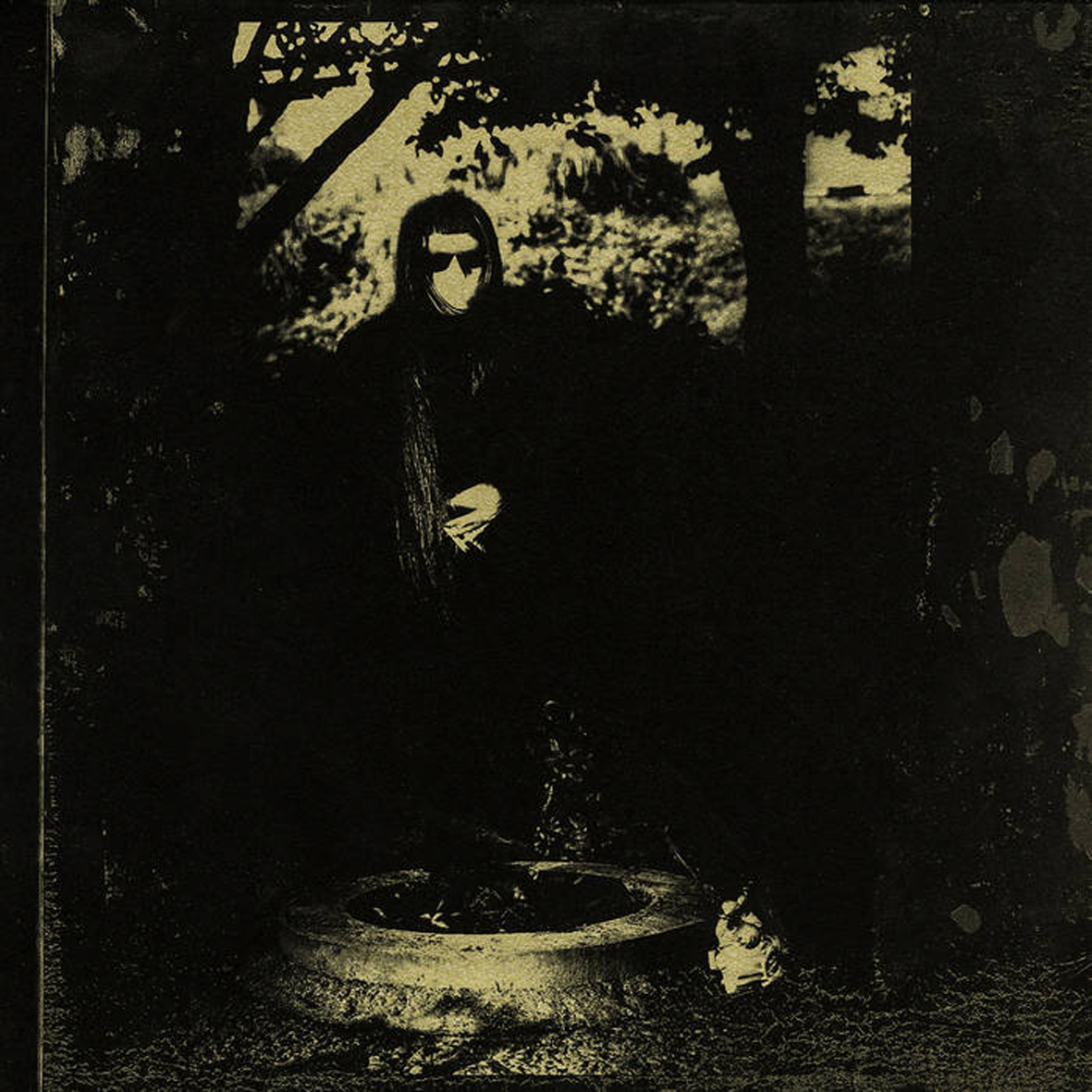 This is the debut release from Peter Kolovos's Black Editions, an imprint embarking upon the ambitious and necessary task of reissuing classic albums from Japan’s legendary and defunct P.S.F. label.  Naturally, Kolovos wanted to start with a bang, making Watashi Dake? an obvious choice: originally released back in 1981, it is the first solo release from the mercurial and iconic Keiji Haino.  Spontaneously composed at night in a completely dark studio (presumably while wearing sunglasses), these hermetic, haunted, and idiosyncratic songs make for quite a challenging and uncomfortable listen, but that is precisely the point: for better or worse, there is nothing else on earth quite like Watashi Dake?
This is the debut release from Peter Kolovos's Black Editions, an imprint embarking upon the ambitious and necessary task of reissuing classic albums from Japan’s legendary and defunct P.S.F. label.  Naturally, Kolovos wanted to start with a bang, making Watashi Dake? an obvious choice: originally released back in 1981, it is the first solo release from the mercurial and iconic Keiji Haino.  Spontaneously composed at night in a completely dark studio (presumably while wearing sunglasses), these hermetic, haunted, and idiosyncratic songs make for quite a challenging and uncomfortable listen, but that is precisely the point: for better or worse, there is nothing else on earth quite like Watashi Dake?
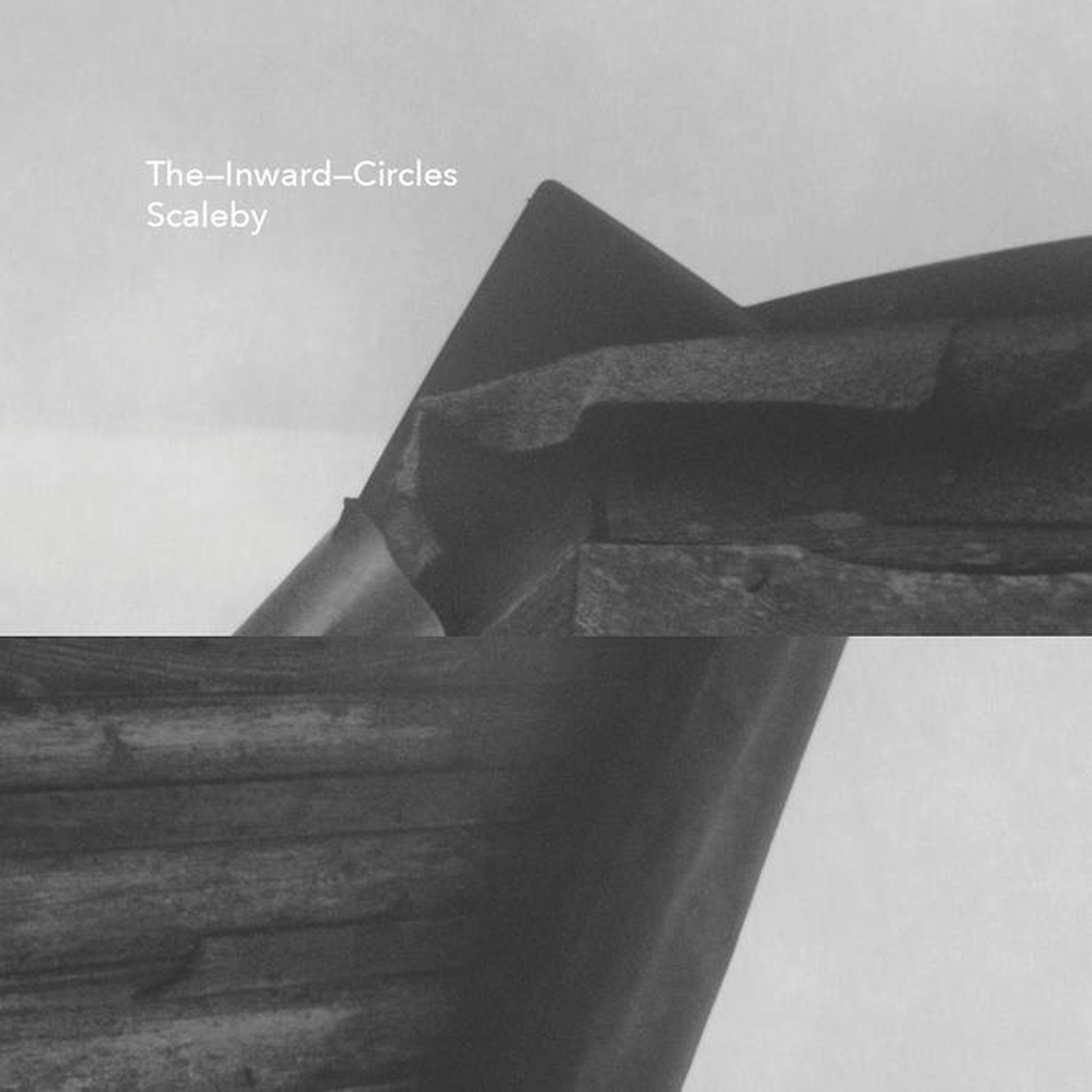 This digital-only sister release to And Right Lines Limit and Close All Bodies is a suite of comparatively simple, warm, and straightforward drone pieces, which presumably explains why its companion warranted a physical release while Scaleby did not.  That lack of fanfare makes sense, as Right Lines Limit is a far more complex and ambitious work that expands the limits of Skelton's vision while this release is merely nine variations on a theme firmly within his comfort zone.  I happen to be quite fond of that comfort zone though, as these bleary, churning reveries play much more to Skelton's strengths than some of his more cosmic, universe-chewing excursions of late.  While the recurring Inward Circles' theme of obfuscation is still in full effect (there are no recognizable stringed instruments to be found), Scaleby nonetheless carves out its own lovely niche of languorously vaporous, dreamlike beauty beneath a patina of shifting crackle, grit, and hiss.
This digital-only sister release to And Right Lines Limit and Close All Bodies is a suite of comparatively simple, warm, and straightforward drone pieces, which presumably explains why its companion warranted a physical release while Scaleby did not.  That lack of fanfare makes sense, as Right Lines Limit is a far more complex and ambitious work that expands the limits of Skelton's vision while this release is merely nine variations on a theme firmly within his comfort zone.  I happen to be quite fond of that comfort zone though, as these bleary, churning reveries play much more to Skelton's strengths than some of his more cosmic, universe-chewing excursions of late.  While the recurring Inward Circles' theme of obfuscation is still in full effect (there are no recognizable stringed instruments to be found), Scaleby nonetheless carves out its own lovely niche of languorously vaporous, dreamlike beauty beneath a patina of shifting crackle, grit, and hiss.
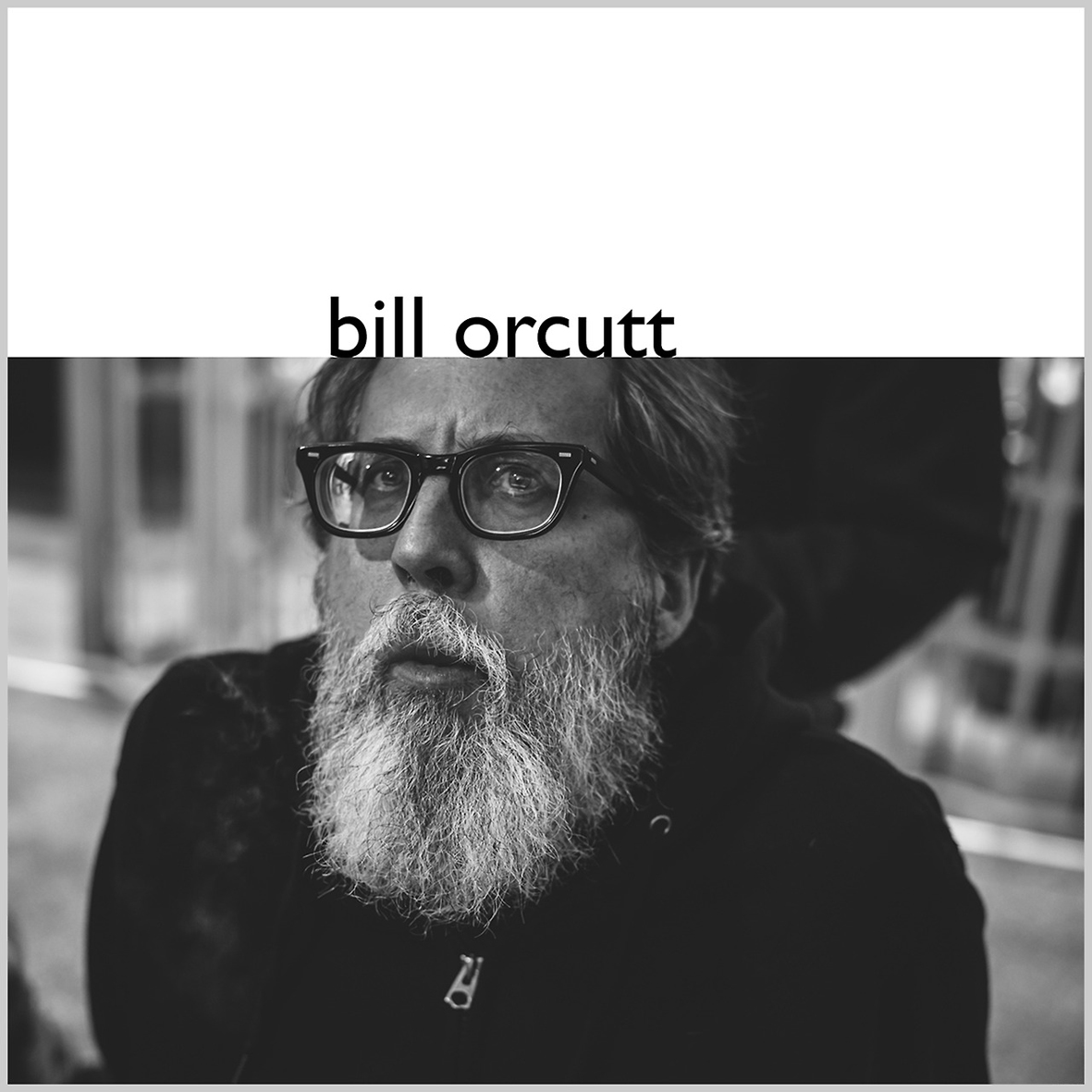 Like many, I picked up Bill Orcutt's self-released solo guitar debut (New Ways to Pay Old Debts) back in 2009 and was completely floored by its idiosyncratic primitivism.  There was nothing on earth quite like it, as it captured visionary art in its rawest, purist form: Orcutt was a virtuosic dervish violently attacking a four-string acoustic guitar, howling and moaning along when the mood struck him.  It sounded positively feral.  It also sounded like it was composed spontaneously and recorded into a boom box (it was even periodically disrupted by ringing phones and passing trucks).  In a perverse way, it was almost too perfect–I never got around to picking up any of Orcutt's follow-ups on Editions Mego because it seemed like there was nowhere to go from the demonic possession supernova of his first salvo.  As it turns out, I was wrong about that, as Orcutt has spent the ensuing years moving in a more melodic direction.  This latest release is a culmination of that evolution, as Orcutt picked up an electric guitar, headed to an actual studio, and recorded a suite of originals and standards.  If that sounds tame, it is not: Orcutt's biting and percussive renditions of chestnuts like "When You Wish Upon A Star" are every bit as explosive as I would want them to be, but the (slightly) stronger emphasis on melody goes a long way towards making Orcutt's vision a bit more conducive to repeat listening.
Like many, I picked up Bill Orcutt's self-released solo guitar debut (New Ways to Pay Old Debts) back in 2009 and was completely floored by its idiosyncratic primitivism.  There was nothing on earth quite like it, as it captured visionary art in its rawest, purist form: Orcutt was a virtuosic dervish violently attacking a four-string acoustic guitar, howling and moaning along when the mood struck him.  It sounded positively feral.  It also sounded like it was composed spontaneously and recorded into a boom box (it was even periodically disrupted by ringing phones and passing trucks).  In a perverse way, it was almost too perfect–I never got around to picking up any of Orcutt's follow-ups on Editions Mego because it seemed like there was nowhere to go from the demonic possession supernova of his first salvo.  As it turns out, I was wrong about that, as Orcutt has spent the ensuing years moving in a more melodic direction.  This latest release is a culmination of that evolution, as Orcutt picked up an electric guitar, headed to an actual studio, and recorded a suite of originals and standards.  If that sounds tame, it is not: Orcutt's biting and percussive renditions of chestnuts like "When You Wish Upon A Star" are every bit as explosive as I would want them to be, but the (slightly) stronger emphasis on melody goes a long way towards making Orcutt's vision a bit more conducive to repeat listening.
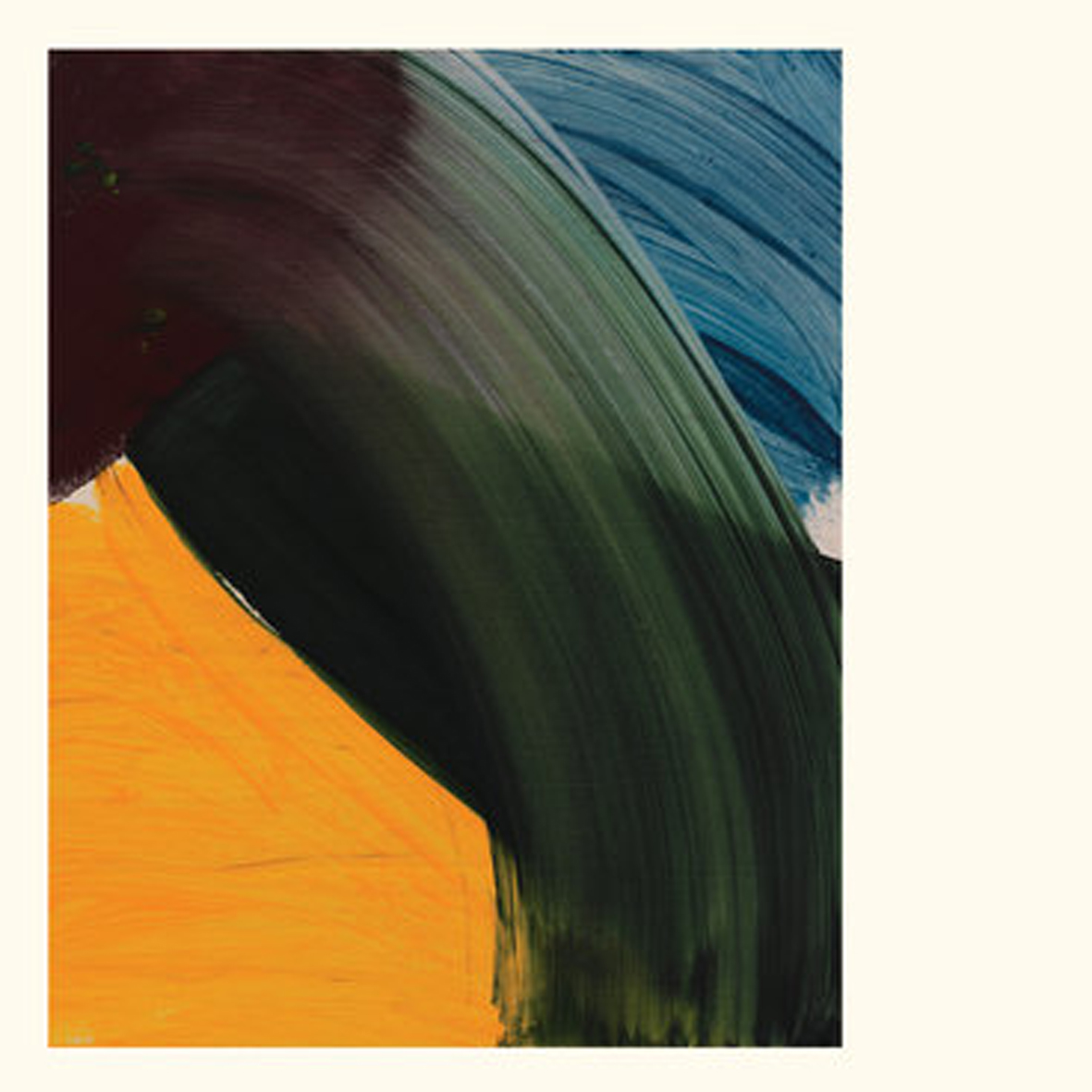 When I first heard the absolutely gorgeous lead single ("A Song of Summer") from On The Echoing Green, I started salivating immediately about the prospect of an entire album in that vein, as it seemed like Cantu-Ledesma had finally transformed his experimental guitar shimmer into pure dreampop/shoegaze heaven (a direction he had been headed for a while).  One thing I failed to fully register at the time, however, was that the delirious pop bliss of "A Song of Summer" was stretched out for a very un-pop eleven goddamn minutes.  That curious and arguably self-sabotaging decision more or less summarizes this entire release, as Echoing Green is not so much a dreamy and hook-filled pop masterpiece so much as it is yet another characteristically abstract and experimental guitar album from Jefre (albeit one with a handful of riffs and melodies that plenty of more accessible artists would happily kill for).  That said, the few fully formed songs capture Cantu-Ledesma at the absolute peak of his powers, even if Echoing Green as a whole falls shy of the lushly beautiful pop breakthrough that it could have been.
When I first heard the absolutely gorgeous lead single ("A Song of Summer") from On The Echoing Green, I started salivating immediately about the prospect of an entire album in that vein, as it seemed like Cantu-Ledesma had finally transformed his experimental guitar shimmer into pure dreampop/shoegaze heaven (a direction he had been headed for a while).  One thing I failed to fully register at the time, however, was that the delirious pop bliss of "A Song of Summer" was stretched out for a very un-pop eleven goddamn minutes.  That curious and arguably self-sabotaging decision more or less summarizes this entire release, as Echoing Green is not so much a dreamy and hook-filled pop masterpiece so much as it is yet another characteristically abstract and experimental guitar album from Jefre (albeit one with a handful of riffs and melodies that plenty of more accessible artists would happily kill for).  That said, the few fully formed songs capture Cantu-Ledesma at the absolute peak of his powers, even if Echoing Green as a whole falls shy of the lushly beautiful pop breakthrough that it could have been.
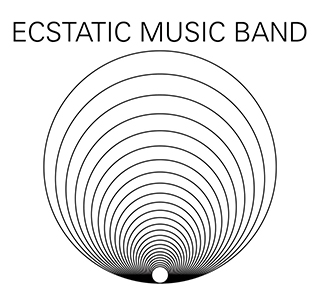 While this latest album from the 10 person collective may feature only three of its members (Ezra Buchla, John Krausbauer, and Agnes Szelag, recorded in 2012), that reduced personnel is hardly perceptible from the sound. The subset trio create an unbroken noise squall of over 40 minutes that channels the best of truly minimalist compositions while at the same time it is reminiscent of the most chaotic (and therefore most amazing) of psych rock freakouts.
While this latest album from the 10 person collective may feature only three of its members (Ezra Buchla, John Krausbauer, and Agnes Szelag, recorded in 2012), that reduced personnel is hardly perceptible from the sound. The subset trio create an unbroken noise squall of over 40 minutes that channels the best of truly minimalist compositions while at the same time it is reminiscent of the most chaotic (and therefore most amazing) of psych rock freakouts.
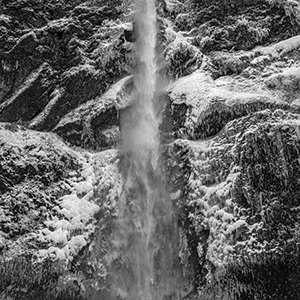 Daniel Menche's latest work is a bit daunting on paper: a three disc, three-plus hour work of 12 pieces, ranging between 10 and 25 minutes each. However, this is not the Menche of old, who was an adherent to that old school noise blast mentality that was so heavily the focus in the early days of the noise scene. Instead, there is rich variation and diversity on Sleeper, and the range of moods he creates is fitting the somnial implications of title, capturing the soundtrack to the most pleasant of dreams to the most terrifying of nightmares.
Daniel Menche's latest work is a bit daunting on paper: a three disc, three-plus hour work of 12 pieces, ranging between 10 and 25 minutes each. However, this is not the Menche of old, who was an adherent to that old school noise blast mentality that was so heavily the focus in the early days of the noise scene. Instead, there is rich variation and diversity on Sleeper, and the range of moods he creates is fitting the somnial implications of title, capturing the soundtrack to the most pleasant of dreams to the most terrifying of nightmares.
 Svendsen's most recent work has been either in the form of concept-heavy improvised jazz performances (as Nakama) or as solo excursions that feature him bending his double bass in any possible way to make sounds the inventor never intended. Compared to that, Avin is a drastic departure. What is so drastic is that, with a cadre of Norwegian virtuosos, he has created a significantly more intimate, singer-songwriter type record that maintains his edge for the bizarre and experimentation, which is superficially "normal" but hides much strangeness.
Svendsen's most recent work has been either in the form of concept-heavy improvised jazz performances (as Nakama) or as solo excursions that feature him bending his double bass in any possible way to make sounds the inventor never intended. Compared to that, Avin is a drastic departure. What is so drastic is that, with a cadre of Norwegian virtuosos, he has created a significantly more intimate, singer-songwriter type record that maintains his edge for the bizarre and experimentation, which is superficially "normal" but hides much strangeness.
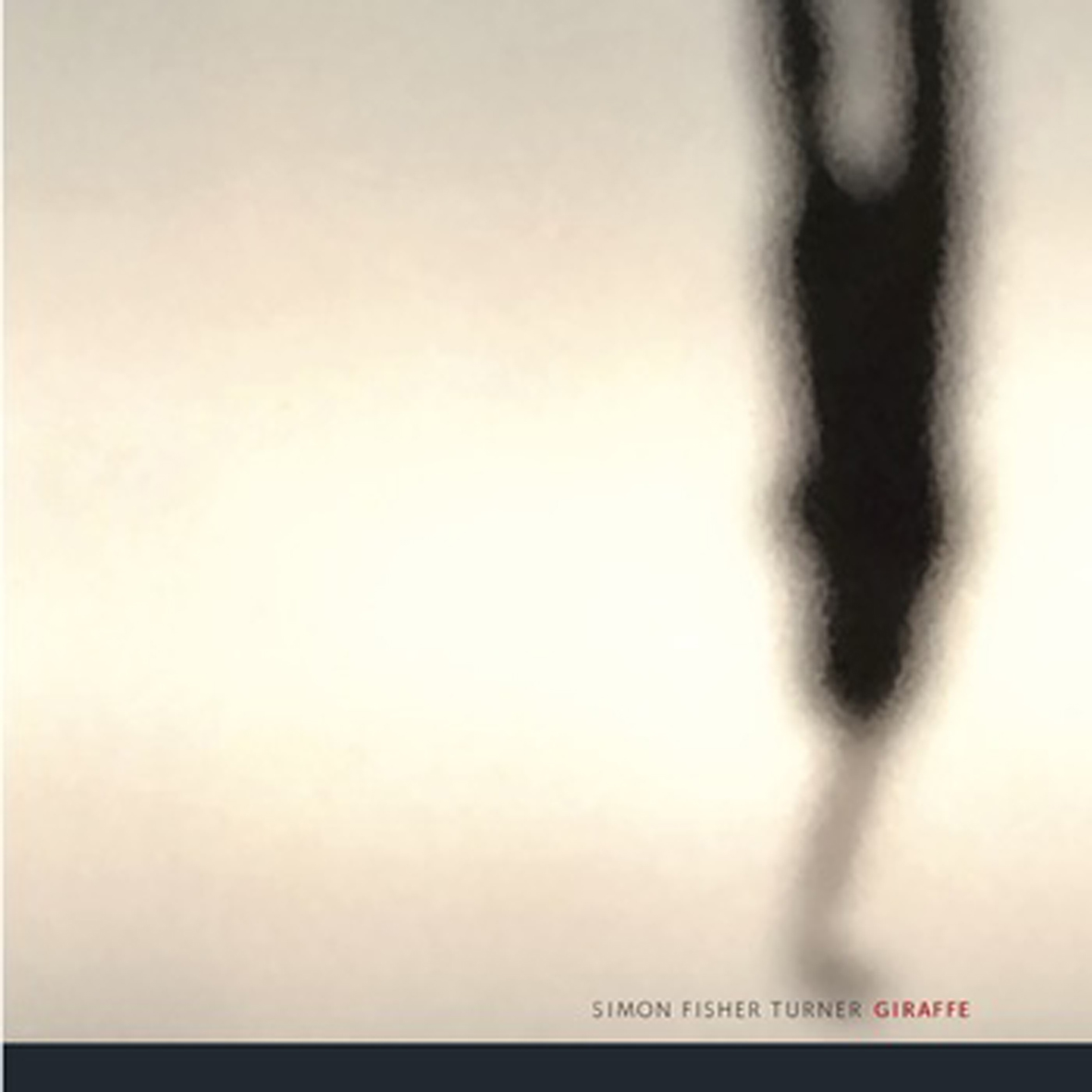 For his Editions Mego debut, the singular and polymorphously creative Simon Fisher Turner takes a break from his soundtrack career for a feast of smaller and more experimental works.  While the fourteen individual pieces of Giraffe are thematically united by an overarching concept regarding the blending of "life" sounds with music and machines, that concept allows for quite a wide variety of moods and textures.  The clear centerpiece is a gorgeously woozy soundscape ("Slight Smile") featuring a mysterious monologue from Emma Smith that ultimately turns creepily garbled and digitized, but a few other pieces are similarly inspired.  Though many individual pieces err a bit too much on the side of brevity, Giraffe as a whole is quite an absorbing work, languorously flowing from one mysterious and surreal scene to another with occasional unexpected detours into demented chaos, menacing industrial clangor, and lush Romanticism.
For his Editions Mego debut, the singular and polymorphously creative Simon Fisher Turner takes a break from his soundtrack career for a feast of smaller and more experimental works.  While the fourteen individual pieces of Giraffe are thematically united by an overarching concept regarding the blending of "life" sounds with music and machines, that concept allows for quite a wide variety of moods and textures.  The clear centerpiece is a gorgeously woozy soundscape ("Slight Smile") featuring a mysterious monologue from Emma Smith that ultimately turns creepily garbled and digitized, but a few other pieces are similarly inspired.  Though many individual pieces err a bit too much on the side of brevity, Giraffe as a whole is quite an absorbing work, languorously flowing from one mysterious and surreal scene to another with occasional unexpected detours into demented chaos, menacing industrial clangor, and lush Romanticism.
 This innovative collaboration between Telefon Tel Aviv's Joshua Eustis and Belong's Turk Dietrich picks up right where the eponymous 2016 release left off, as the duo continue to gleefully pick apart and stretch minimal dub-techno into splintered unrecognizability.  As such, it would be quite a leap to describe S/W as dance music: all of the expected elements are present, but Second Woman reduce beats to skittering, stuttering abstraction.  The overall effect is quite a dynamically compelling one, ambitiously marrying an erratically sputtering and chopped-up synth haze with understated beats that seem equally inspired by skipping CDs, jackhammers, and ping-pong.  While some more hooks would certainly have been welcome, it is hard to grumble much about an album that sounds like it was sent from the future to show us what pop music for robots will be like.
This innovative collaboration between Telefon Tel Aviv's Joshua Eustis and Belong's Turk Dietrich picks up right where the eponymous 2016 release left off, as the duo continue to gleefully pick apart and stretch minimal dub-techno into splintered unrecognizability.  As such, it would be quite a leap to describe S/W as dance music: all of the expected elements are present, but Second Woman reduce beats to skittering, stuttering abstraction.  The overall effect is quite a dynamically compelling one, ambitiously marrying an erratically sputtering and chopped-up synth haze with understated beats that seem equally inspired by skipping CDs, jackhammers, and ping-pong.  While some more hooks would certainly have been welcome, it is hard to grumble much about an album that sounds like it was sent from the future to show us what pop music for robots will be like.



